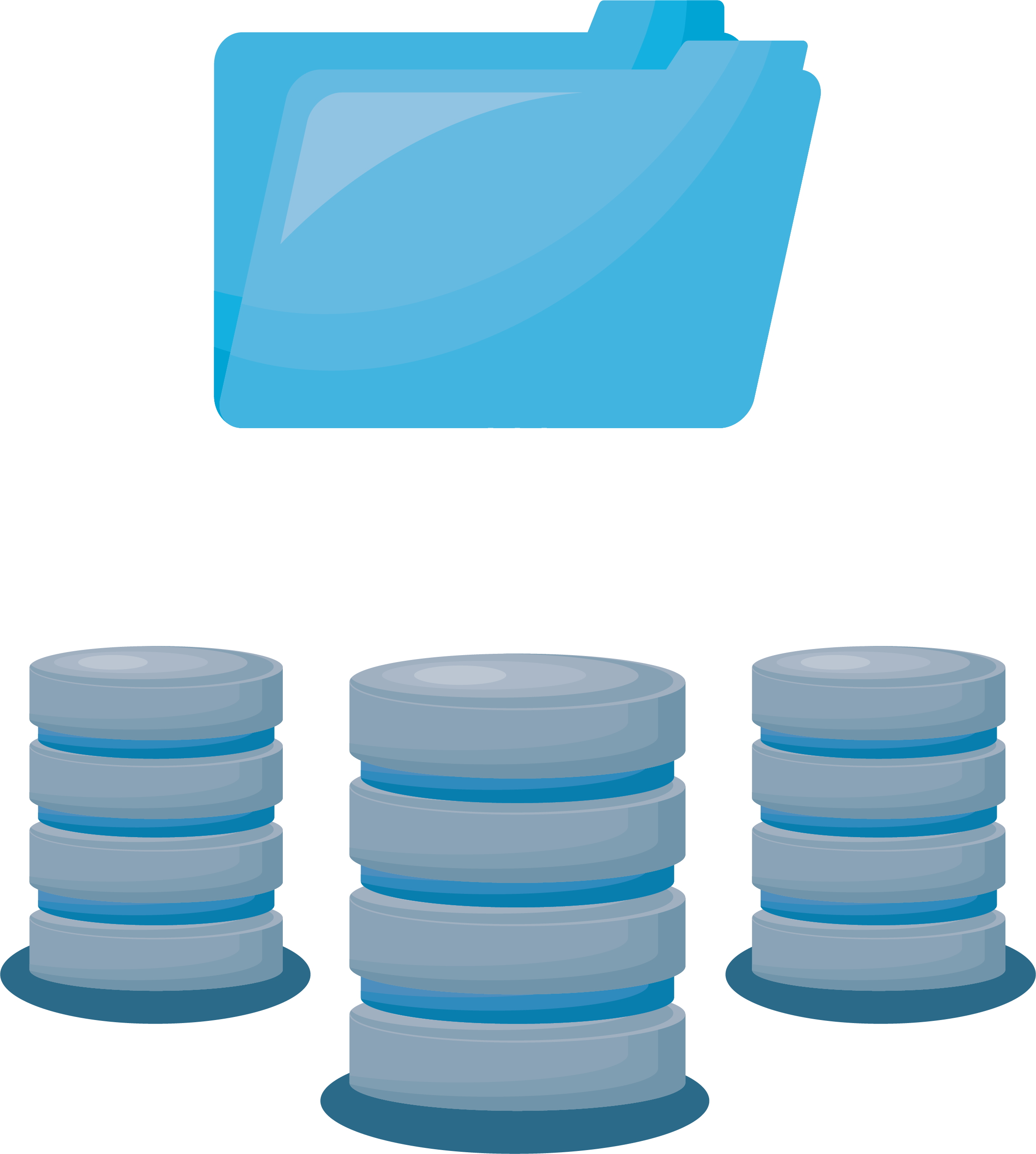Database Migrations
The context of enterprise applications, database migration refers to the transfer of data from one platform to another. There are a variety of reasons why you might desire to switch platforms..

Database Migrations
A corporation might, for example, seek to save money by switching to a cloud-based database. Alternatively, a business may discover that some database software includes functions that are vital to their operations. Alternatively, the legacy systems may simply be obsolete. Database migration can be broken down into several phases and iterations, including reviewing present databases and future business needs, transferring the schema, and normalizing and relocating data. In addition, there will be testing, testing, and more testing..
- When it comes to database migrations, it's crucial to provide valuable information and guidance to clients who are considering or in need of migrating their databases. Here are some content ideas that can help you educate and assist your audience in database migration processes Explain the concept of database migration and why organizations undertake this process. Discuss the benefits of migrating databases, such as improved performance, scalability, security, and cost savings. Highlight the risks and challenges involved in database migrations and how an experienced consulting firm can mitigate them. .
- Describe the importance of a comprehensive assessment of the existing database environment before initiating a migration. Discuss the factors to consider during the assessment, including data volume, complexity, dependencies, performance issues, and compatibility with the target platform..
- Provide an overview of popular database platforms, such as Oracle, Microsoft SQL Server, MySQL, PostgreSQL, MongoDB, or cloud-based solutions like Amazon RDS or Azure SQL Database. Discuss the considerations for selecting the appropriate platform based on factors like scalability, performance, cost, security, and specific business requirements. Showcase your expertise in evaluating and recommending the best-fit database platform for your clients.
Explain different data migration strategies, such as the "lift and shift" approach, staged migration, or hybrid migrations. Discuss the pros and cons of each strategy and help clients determine the most suitable one for their database environment. Introduce popular migration tools and technologies that can simplify the migration process, ensuring minimal downtime and data loss.
